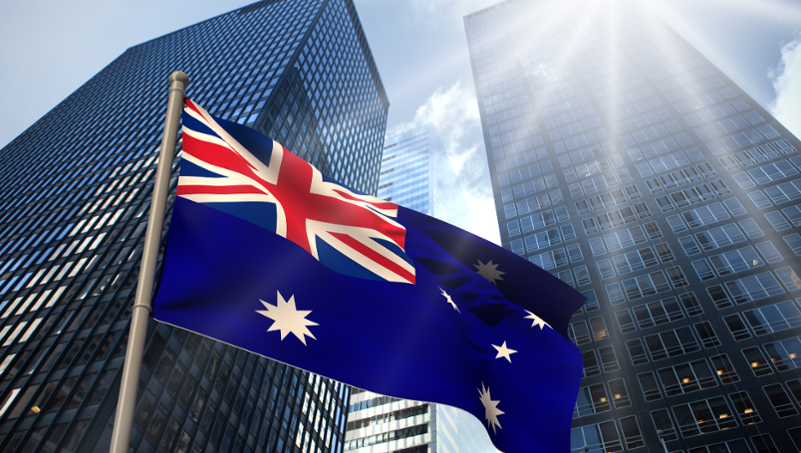In this third part of my ‘Coronavirus strikes’ series, I thought I’d summarise what’s happened to date, consider the implications of synchronised monetary and fiscal stimulus, provide an overview of reporting season and examine how the world may change, post recovery.
COVID-19 has devastated people’s lives, jobs, the economy, and impacted every country in the world. At the start of the pandemic we had very little data or information to go on and as a result we tended to base judgements on our experiences of previous crises. I’ve now been with Fidelity for 23 years and have managed money through ten crises. What that has taught me is that markets focus on the second derivative of change when there is high uncertainty.
The second derivative is the rate of change, or the acceleration or deceleration of that issue at hand. For COVID-19 this was the acceleration of the infection rate. Markets tend to focus on the second derivative because the point at which it changes from accelerating to flat is often the point of maximum pain. Community concern is at its greatest, government action is at its most severe and pain is at its peak. Almost to the exact day of the second derivative changing, the market bottomed in late March (some 37% down from peak to trough).
Since then, we’ve been slowly working our way back and while we now have significantly more information and data about the virus and its impacts, there are still a lot of things we don’t fully understand. We’re still desperately seeking a vaccine, but even without one we have improved our processes in living and working in the ‘new normal’. That said, markets have moved beyond heuristics (rules of thumb) and re-focused sharply on stock specifics and how the world will look post-Covid.
One of the extraordinary actions we’ve seen during the pandemic has been governments’ economic responses to the pandemic as they’ve manoeuvred quickly to safeguard economies. In Australia, the crisis broke our close to 30-year run of uninterrupted economic growth, and in the second half of the year we sank into recession. To maintain employment and survive shut-down restrictions, the government has significantly increased its spending on unemployment and employment programs. This has happened in different forms right around the world.
Up until this point, monetary expansion through low interest rates was the policy action of choice.
Now, Australia and the world are simultaneously undertaking monetary and fiscal policy expansion. This is a very significant tailwind for the global economy and, once we enter a post- Covid recovery phase, it will likely be incredibly expansionary for global growth and a positive for Australian and global equity markets alike. Even if interest rates initially rise on the back of this expansionary phase, equity markets tend to perform well in the early phases of interest rate rises.
That said, interest rate rises are still probably a year or two away as we navigate the demand destruction resulting from COVID-19 measures. While I expect fiscal policy expansion to continue for many years to come, I think it will change from helicopter money toward significant infrastructure development.
The August reporting season actually ended up better than expected, but results were incredibly varied from company to company. The COVID crisis has created a very significant divergence between winners and losers in the market. Individual stock selection is always important, but it becomes critical when you get such stark divergence. Strong performing sectors were technology, consumer staples, healthcare, resources and consumer discretionary. Weak sectors were financials, industrials, energy and telcos. Dividends were also a key theme through reporting season. Approximately 60% of companies reduced their dividend or eliminated it all together, with remaining companies split between maintaining their dividend and some even growing dividends. Market earnings were down on average 20% with banks (-30%) and industrials (-25%) being the key negatives. Property was only slightly down while resources remained flat.
An interesting point to note is that many of the key trends pre-COVID have accelerated throughout the crisis and are well positioned to continue their structural growth, post. These include:
- E-commerce
- Digital delivery of food and beverage
- Work from home
- Nesting
- Infrastructure
- Cashless society
- Active wear vs formal wear
While the world will recover from COVID-19, it’s likely to be a different place and these trends will continue to shape the future.
As a result, in the Fidelity Australian Equities Fund, we’ve been adding to positions in a couple of key areas:
- Resources
- Structural growth
- Strategic COVID-19 recovery companies and balance sheet repair
Resources have been one of the cheapest sectors, with strong cash flows and excellent balance sheets. They’ll also benefit from the fact that China was the first in and out of the pandemic. Our key resource positions are BHP Billiton, Independence Group and Evolution Mining.
Crises often throw up opportunities to invest in long-term structural growth companies at attractive valuations. At the start of a crisis, markets ‘shot first and asked questions later’ and sold off indiscriminately. We took this opportunity to buy into high-quality, long-term businesses that we believe will pay off over the next decade. These include names such as Tyro, Wistech, Dominos and Seek.
The final area for additional investment has been companies at the coal face of demand, damaged by COVID-19 that have sought to repair their balance sheet and are well positioned for the recovery. These include companies like Ramsay Healthcare, Oil Search, Vista, Downer, Helloworld and Blackmores.
While significant uncertainty is likely to continue and will cause some ongoing volatility, I firmly believe that when we look back to this period in five years’ time, we’ll view it as an excellent time to have invested in the market.
I hope you and your family remain safe and happy. Thank you for your support of both Fidelity and the Fidelity Australian Equities Fund.

